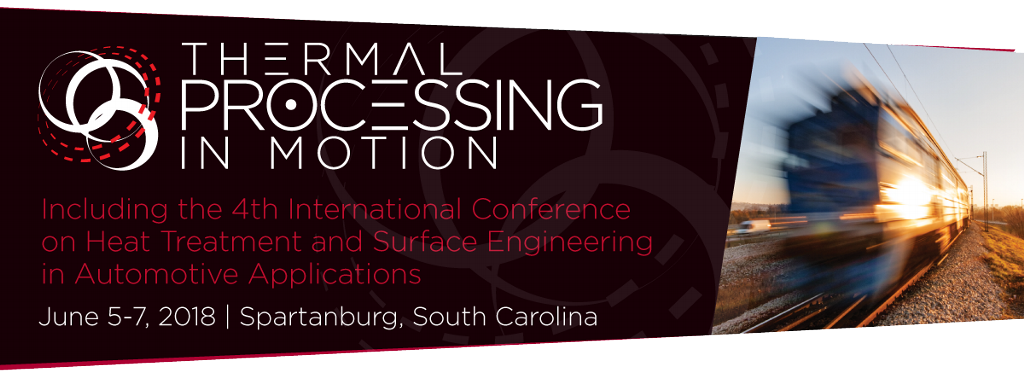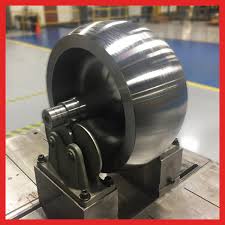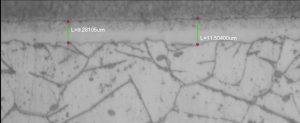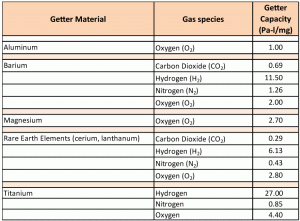Heat Treat Today’s Induction Expert Dr. Valery Rudnev Recognized at TPiM 2018
Dr. Valery Rudnev, who writes Heat Treat Today‘s column, “Dr Valery Rudnev On . . . “, was recognized during the opening ceremony of the American Society for Materials (ASM International) Thermal Processing in Motion 2018 (TPiM 2018) conference held this month in Spartanburg, South Carolina, and received two prestigious awards for his contributions in the field of induction heating and heat-treating.
Dr. Rudnev, Director of Science and Technology at Inductoheat Inc., an Inductotherm Group Company, was elected as a Fellow to the International Federation for Heat Treatment and Surface Engineering (IFHTSE) “[f]or his preeminence in induction heat treating and modeling of the induction heat treating process” (IFTSE, 2018). As a Fellow of ASM International with more than 30 years of experience, he is considered by many to be one of the leading global figures in the induction heating and is known among induction heating professionals as “Professor Induction.” His credits include a great deal of “know-how”, more than 50 patents and inventions (U.S. and International), and more than 250 engineering/scientific publications.
Dr. Richard D. Sisson Jr., George F. Fuller Professor, Director of Manufacturing and Materials Engineering and the Director of the Center for Heat Treating Excellence at Worcester Polytechnic Institute, and Professor Rafael Colás, Professor and Metallurgist Engineer, Universidad Autónoma de Nuevo León, were awarded fellowships with IFHTSE.
Dr. Rudnev was also presented with the ASM International “Best-Paper in Heat Treating” award for co-authoring an article entitled “Revolution – Not Evolution – Necessary to Advance Induction Heat Treating.” The article was published in the September 2017 issue of Advanced Materials & Processes Magazine (HTPro quarterly newsletter) and co-authored with Gary Doyon, Collin Russell, and John Maher. The ASM International Heat Treating Society, Research and Development Committee, established this award to recognize the best papers in the heat treat industry each year.
IFHTSE is a nonprofit group of scientific/technological societies and associations, groups and companies and individuals whose primary interest is heat treatment and surface engineering.
We at Heat Treat Today congratulate Dr. Valery Rudnev on these accomplishments!
Heat Treat Today’s Induction Expert Dr. Valery Rudnev Recognized at TPiM 2018 Read More »












